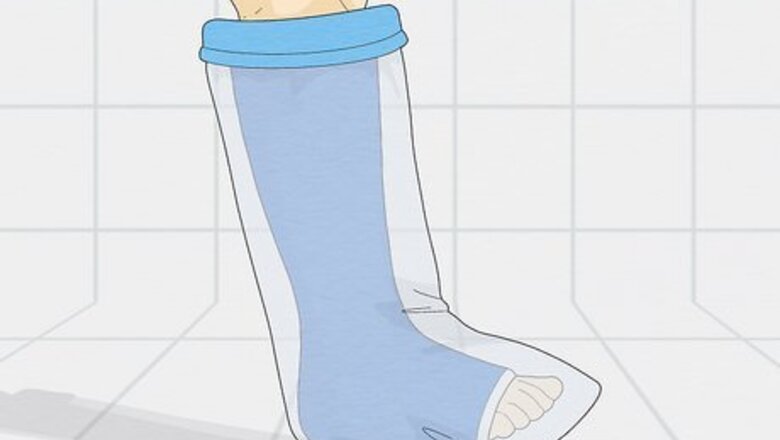
views
Waterproofing Your Cast
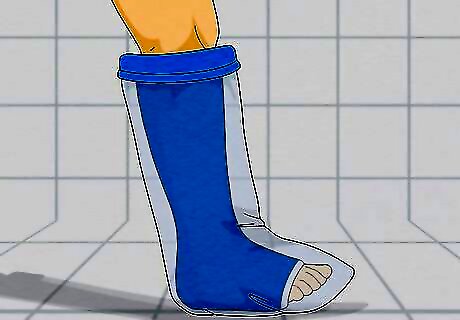
Purchase a cast cover. This is probably the easiest means of waterproofing a cast, as it takes care of some work for you. You can ask your doctor or pharmacist about cast covers. Many companies sell covers designed to protect casts from water. Cast covers are usually long sleeves made of waterproof material. You pull these over your cast. They come in different sizes to fit a wide variety of types of casts. Their main benefit is they're far sturdier than other options, making tears less likely. Some cast covers come with a pump that sucks air out of the cover. This forms a tight seal surrounding the cast, adding extra protection.
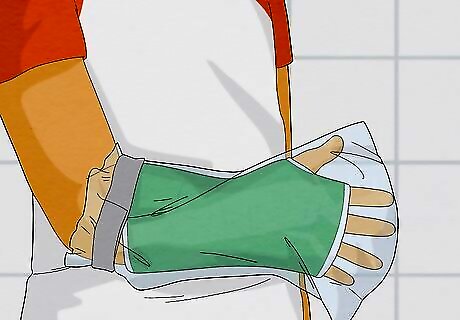
Use plastic bags. If you don't have a cover, household items can help. Sealable plastic bags can be fit over a cast to keep it safe from water. Newspaper bags, bread bags, or small trash bags usually work well. You would pull a bag over the cast and seal it on top using a rubber band or duct tape. Rubber bands may be gentler on the skin, and allow you to reuse the bag after showering. Make sure to check the bag for any holes prior to using it to waterproof your cast.
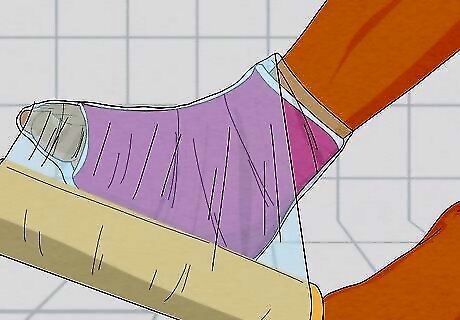
Try plastic wrap. If you wrap plastic wrap tightly enough, it can also effectively waterproof a cast. Wrap the plastic wrap around your entire cast, making sure there are no gaps where the cast is exposed. Then, secure the plastic wrap in place with some duct tape or a rubber band. Keep in mind plastic wrap may be less effective than other methods. While it is relatively inexpensive, you may end up with gaps where the cast is exposed.
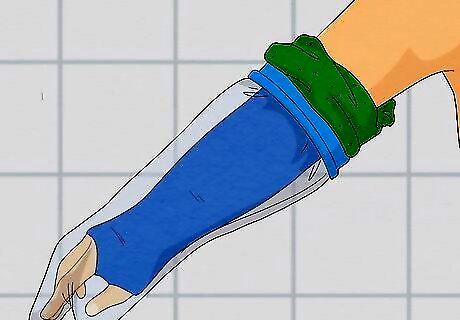
Wrap a washcloth or towel near the top of the cast. Regardless of the method you use, this is important. Wrapping a towel or wash cloth near the top of the cast keeps water from slipping underneath the cast. Water under a cast can lead to a skin infection.
Showering with a Leg Cast
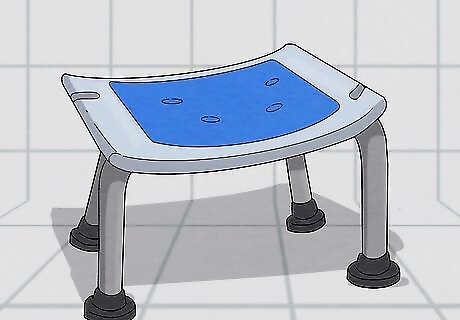
Have some kind of chair in your shower. You will need to sit down if you're showering with a broken leg. Many people advocate lawn chairs as a good option, but you should check with your doctor beforehand. Get a suggestion from a medical professional about the type of chair to put in your home shower. Make sure your chair is secure. If a chair slips and slides in the shower, this could cause further injury. You may have to lay a bathmat down to prevent sliding. Have someone without a broken leg test the chair's security before you attempt to get into the shower.
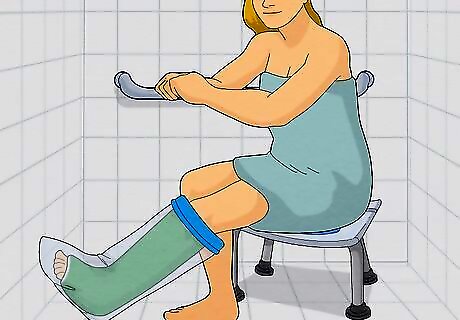
Lower yourself into the shower stall. If you have a cane or walker, use that for support as you walk towards the shower. Turn your back to the shower stall and lower yourself into the chair. Use whatever you can hold onto for support. Try holding onto the sides of the shower, or the shower bar if it is secure. Keep in mind, some shower bars are not actually drilled into the wall. Test to see if the bar is secure before attempting to use it as support. Gently sit down in the chair and situate your leg away from the shower's running water. Turn your body so you're facing the shower controls.

Use a detachable shower hose to clean yourself. This will give you a lot more control when showering seated. You can help direct the water on the body parts you want, and keep it away from your cast. If you do not have a detachable shower hose, you can try showering with the main shower head and a wet wash cloth. Just be extra cautious to keep water away from your cast. You should always wrap your cast in protective covering prior to showering.

Dry off while still seated. Make sure there is a towel nearby before beginning your shower. You should dry off while you're seated. You do not want your hands and feet to be slippery as you attempt to raise yourself out of the shower.
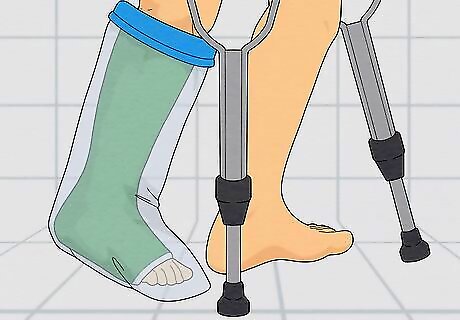
Lift yourself out of the shower stall. Face the opening of the shower wall and grab onto your cane, crutches, or other sources of support. Gently lift your body out of the stall. If you have a wheel chair, gently lower yourself back into the wheelchair after getting out of the shower stall.
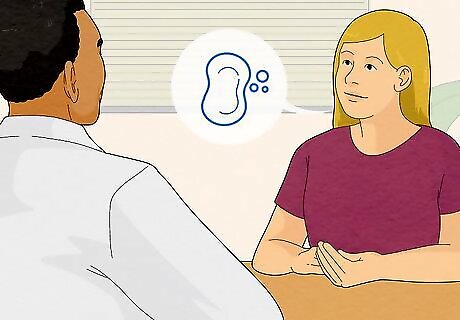
Talk to your doctor before attempting to shower with a leg cast. While this method can be safe, it's vital to talk to your doctor before trying it. Only he or she will know enough about your current condition to assess whether it's safe for you. If your doctor recommends you not lower yourself into a chair in your shower, he or she may offer other advice on safe showering practices while you're in a cast.
Exploring Alternatives

Keep your cast out of water. Even with excellent protection, there's always a risk of water seeping through onto your cast. Strive to keep your cast away from water entirely in the aftermath of an injury. Try taking a bath instead of a shower. If you have a broken arm, it may be easier to keep your arm out of the water in a bath. You can simply place your arm on the edge of the tub while washing the rest of your body. If you strongly prefer a shower, try to keep your cast away from running water. You may have to keep the broken limb outside of the shower during the bathing process. However, even if you keep your cast away from the water, do not bathe or shower without a cover. Even a small amount of water can be harmful to a cast.

Try sponge baths instead of showers. In addition to risking getting your cast wet, navigating a shower can be difficult in the aftermath of an injury. This may be especially tricky if you have a broken leg. If possible, opt for sponge baths instead of showers. If you have a child in a cast, you may be comfortable simply sponge bathing your child until he's feeling more comfortable with his or her cast. If you're an adult, you can try sponge bathing yourself near a sink. If you have someone you're comfortable asking, see if that person can provide a sponge bath.
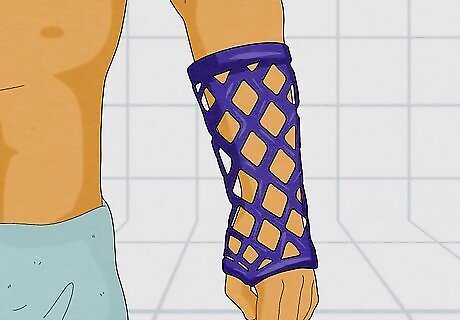
Ask your doctor if a waterproof cast would be appropriate for you. A waterproof cast can usually be safely submerged in water. If you feel like you're at a higher risk of getting your cast wet, ask your doctor about a waterproof cast. There are several types of waterproof cast materials. Ask your doctor about which material would work for your cast. Some materials may work better than others, so your doctor should be able to explain what materials would work for you. Keep in mind a waterproof cast is not 100% waterproof. While it can withstand water better than most casts, you should still take precautions when bathing, showering, or swimming. Try to get the cast wet infrequently. A waterproof cast may not be appropriate if you have a fracture that requires mobility to heal.
Dealing with a Wet Cast
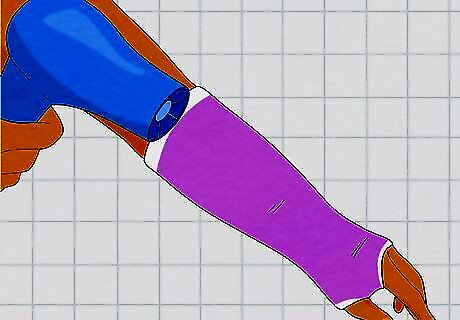
Dry casts after they get wet. In the event you get your cast wet, you should make an effort to dry it quickly. This can reduce the harm to the cast, and eliminate your risk of infection. Use a hairdryer to dry a cast. Always use the cool setting. The hot or warm setting could cause a burn. You can also try a vacuum cleaner hose, if you do not have a hair dryer.
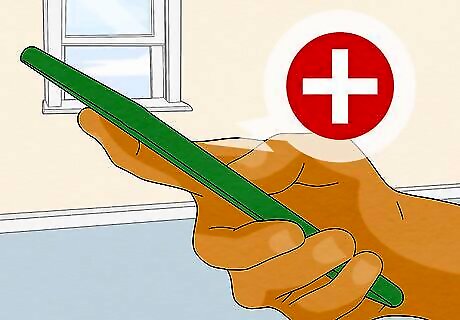
Call the doctor shortly after a cast gets wet. A cast may have to be replaced if it gets wet. If you accidentally got water on your cast, call your doctor right away. Make an appointment as soon as possible. Water could seep under the cast, which can cause infection to the skin below.
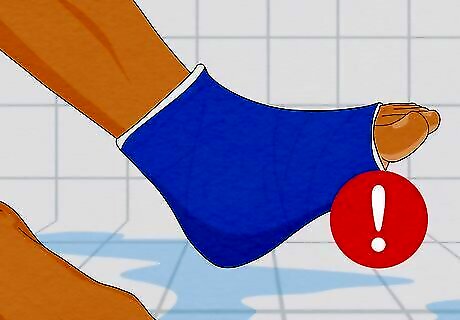
Be careful even when using a fiberglass cast. Fiberglass casts are more resistant to water, and if their surface gets wet it can usually be easily wiped off. However, water can still get under a fiberglass cast, potentially causing infection. Even if you have a fiberglass cast, it's a good idea to give your doctor a call in the event it gets wet.



















Comments
0 comment